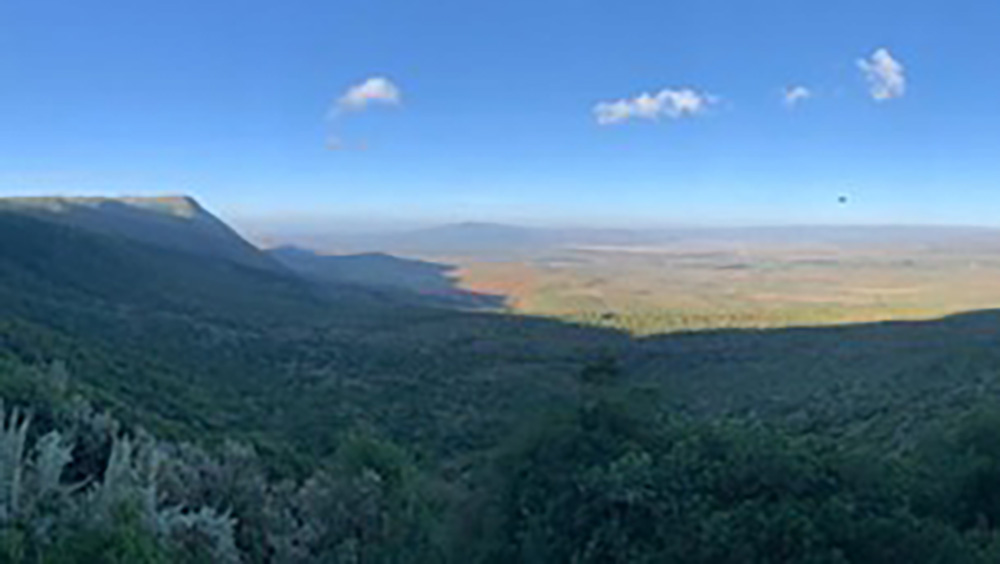
Have you heard of the “Great Rift Valley”? This massive rift running through the African continent is a place where you can feel the heartbeat of the Earth up close. The Great Rift Valley creates diverse terrain, water systems, and climates, and is said to have played a deep role in human evolution. For this reason, it is sometimes called the “Rift of Life.” This region is also known as the “Cradle of Humankind.” Famous fossils such as “Lucy” discovered in Ethiopia and “Turkana Boy” found near Lake Turkana in Kenya are just a few of the many traces of our ancestors that lie dormant here. It is believed that the diverse environment—interwoven with forests, savannas, lakes, and wetlands—encouraged evolutionary steps such as bipedal walking and tool use. In other words, the Great Rift Valley is both a “Rift of Life” and the “Stage of Human Beginnings.”
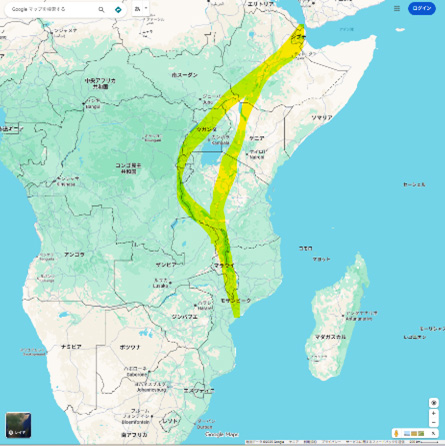
What is the Great Rift Valley?
The Great Rift Valley stretches approximately 6,000 km from the Red Sea and Ethiopia in the north to Mozambique in the south. Its width ranges from several tens to over a hundred kilometers—truly a scale on the order of the planet. This rift is caused by the gradual separation of the African Plate and the Somali Plate. It continues to move a few millimeters each year, and it is said that millions of years from now, a new ocean will be born here.
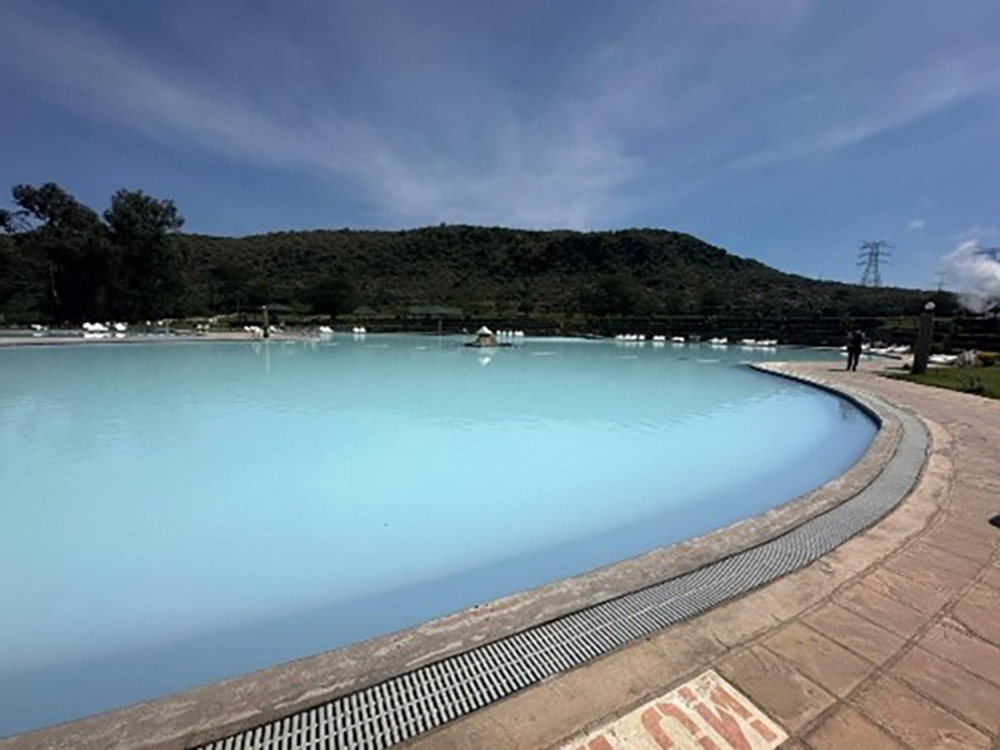
Volcanoes and Geothermal Energy — Power Born from the Earth
Heat and magma from deep underground rise through the rift between the plates. As a result, volcanoes and geothermal zones spread across the Great Rift Valley region. The Olkaria Geothermal Power Station near Lake Naivasha is one of the largest in Africa. In fact, Japanese companies have played a major role in its construction and renovation through Japan’s ODA (Official Development Assistance). About 90% of Kenya’s electricity comes from renewable energy, with geothermal at its core. While Kenya occasionally experiences sudden blackouts, chronic power shortages are rare. This level of stability is remarkable within Africa.
In addition, hot springs and natural springs can be found in the surrounding areas, allowing you to feel the strength of geothermal activity firsthand. The photo shows Mvuke Spa Geothermal Spa, a hot spring where bathing (with swimwear) is possible.
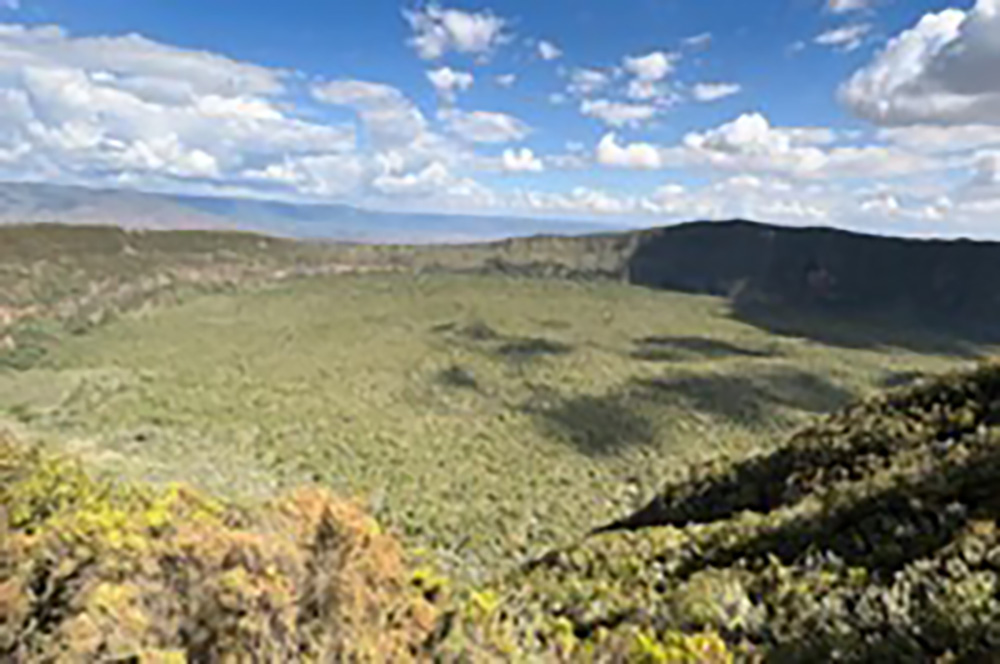
Mountains Embracing Forests in Craters — Mount Longonot and Other Volcanoes
About 100 km from Nairobi, within the Great Rift Valley, lies Naivasha. Nearby stands Mount Longonot, a dormant volcano. Its most striking feature is the massive crater formed by past eruptions. Inside, a forest spreads out, with vibrant greenery breathing life into the volcano.
Peering into the crater from the summit, you’ll see a dense green forest below and Lake Naivasha shimmering quietly beyond. It’s a fantastical and majestic landscape, like a scene from a movie. Standing here, one is simply overwhelmed by the scale of nature’s canvas. And it’s not just Longonot—East Africa is home to many volcanoes related to the Great Rift Valley.
- Mount Kenya: Elevation 5,199m, Africa’s second-highest peak. This beautiful glacier-capped mountain was formed by ancient volcanic activity.
- Mount Kilimanjaro: Elevation 5,895m, Africa’s highest peak. A magnificent standalone mountain born from Rift Valley volcanic activity, it is a dream destination for climbers worldwide. In this way, the Great Rift Valley shapes the mountains and lakes, defining Kenya’s landscape.
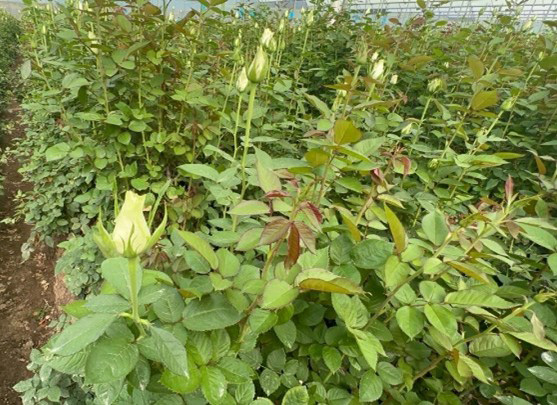
Naivasha and the Rose Industry
Naivasha is also the heart of Kenya’s rose industry. Nearly half of the roses distributed in Japan are said to be from Kenya. The reason lies in the region’s unique environmental conditions:
- Volcanic ash soil: Rich in nutrients, with excellent drainage and water retention balance.
- Highland climate: Elevation around 1,800–2,000m, with large temperature differences between day and night, improving flower color and longevity.
- Stable sunlight: Located on the equator, sunlight hours remain consistent year-round.
- Lake water resources: Irrigation using water from Lake Naivasha is possible.
Article on Kenya’s Cut Flower Exports
In Conclusion
The Great Rift Valley does more than create volcanoes and lakes. It generates energy, supports agriculture, and shines as a tourism resource. Naivasha is a symbolic place where nature’s power supports people’s lives and businesses. Why not see for yourself the flowers and lakes nurtured by the Earth’s rift, and the majestic mountain scenery?
References | Notes
- Britannica, East African Rift System
https://www.britannica.com/place/East-African-Rift-System - Geological Society of London, East African Rift Valley
https://www.geolsoc.org.uk/science-and-policy/plate-tectonic-stories/east-african-rift-valley - National Geographic Education, Rift Valley
https://education.nationalgeographic.org/resource/rift-valley/ - Live Science, Is Africa splitting into two continents?
https://www.livescience.com/planet-earth/geology/is-africa-splitting-into-two-continents - Wikipedia, Mount Kenya, Mount Kilimanjaro, Naivasha, Turkana Boy
- MOL Africa, Kenya’s Cut Flower Exports — Bouquets Spreading from Africa to Japan (July 16, 2025)
